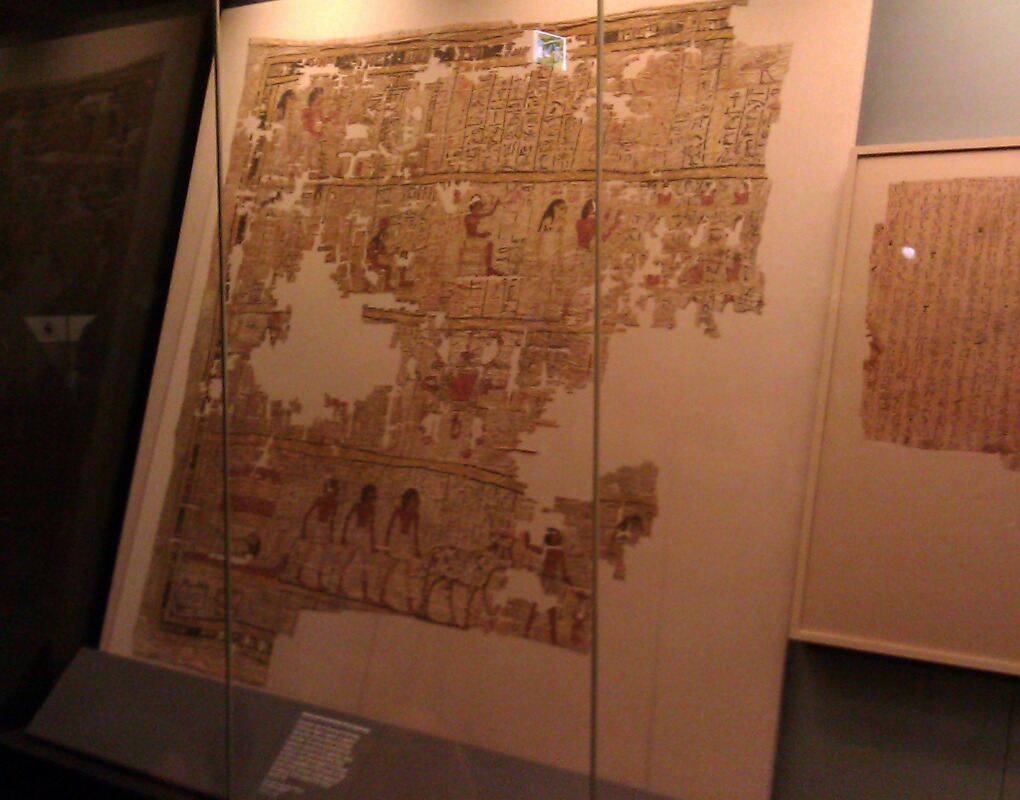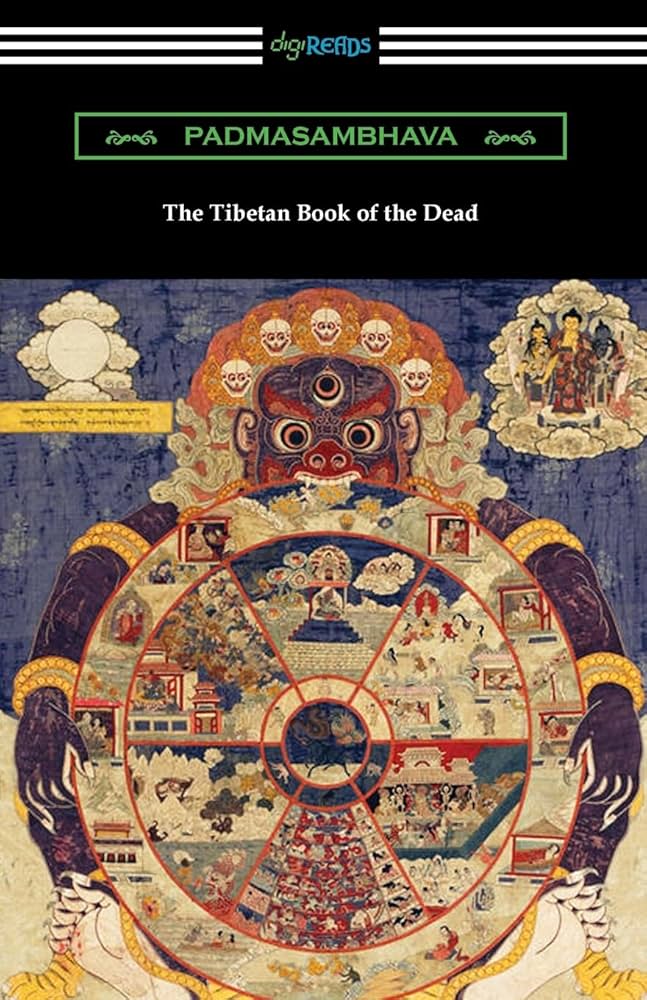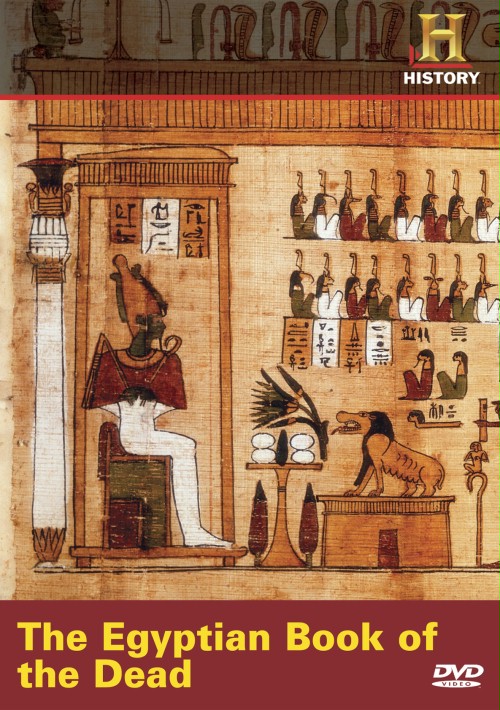The Book of the Dead: A Journey Through Ancient Egyptian Beliefs and Afterlife

The “Book of the Dead” is not a single book, but rather a collection of ancient Egyptian funerary texts, a compilation of spells and magical formulas intended to guide the deceased through the perilous journey to the afterlife. These texts, assembled and revised over centuries, provide invaluable insights into the beliefs, rituals, and worldview of ancient Egyptians. Their enduring legacy extends far beyond the realm of ancient history, impacting literature, art, and popular culture. This exploration delves into the “Book of the Dead,” examining its multifaceted nature through the lenses of literary genres, authorship, educational value, historical context, and lasting cultural influence.
The Literary Landscape of the Book of the Dead
The “Book of the Dead” defies simple categorization within a single genre. It’s a complex anthology encompassing various literary forms:

1. Genres: The texts include spells (incantations designed to protect and aid the deceased), hymns (praises and invocations to deities), prayers (supplications for divine assistance), confessions (declarations of innocence before the judgment), and narratives (accounts of the deceased’s journey to the underworld). The variety reflects the multifaceted nature of the ancient Egyptian afterlife beliefs, encompassing both magical practices and devotional piety. The structure isn’t uniform across different copies; some are more focused on specific spells relevant to the individual’s life, while others contain a wider range of texts.

2. Classics and Bestsellers (of their time): While not “bestsellers” in the modern sense, the “Book of the Dead” was a highly sought-after item during its time. Wealthy Egyptians commissioned scribes to create personalized copies, tailored to their specific needs and desires for the afterlife. The inclusion or exclusion of specific chapters within these personalized copies suggests a degree of customization and individual choice, reflecting the personal beliefs and status of the deceased. The sheer number of surviving copies testifies to its widespread popularity and importance within ancient Egyptian society. The consistent reuse and adaptation of certain spells over centuries also suggest a form of classic status, with some incantations proving particularly effective or enduringly popular.
3. New Releases (and adaptations): The “Book of the Dead” wasn’t created in a single moment. It evolved over centuries, with new spells and chapters being added to existing collections. These additions reflect changes in religious beliefs and practices within ancient Egyptian society. Each new papyrus found adds another layer of complexity to the understanding of the text’s evolution and development. While not “new releases” in the modern publishing sense, new chapters and versions of existing spells indicate that the “Book of the Dead” wasn’t a static text but rather a living tradition adapting to changes in religious thinking and practice.

4. Book Reviews (though not in the modern sense): The lack of explicit “book reviews” from antiquity doesn’t negate the critical engagement with the texts. The selection and arrangement of spells within individual copies reveal a process of curation and editorial judgment, indicating a form of implicit evaluation based on perceived efficacy and relevance. The scribes themselves were acting as editors, selecting what they deemed most important for the deceased’s successful transition to the afterlife. The longevity of certain spells also serves as a kind of implicit “review,” showcasing their continued use and perceived effectiveness. Archaeological discoveries provide invaluable insights into how the “Book of the Dead” was perceived and used across different periods and social classes.
The Authors and Scribes Behind the Book of the Dead
The “Book of the Dead” is unique in its lack of a single author. Its authorship is a collective one, spanning centuries and numerous contributors.
1. Biographies: We have virtually no biographical information about the original composers of individual spells or sections. Their identities, motivations, and backgrounds remain largely unknown, shrouded in the mists of ancient history. The focus shifts from individual authors to the collective wisdom and accumulated tradition of ancient Egyptian religious thought and practice.
2. Writing Styles: The writing styles vary across different chapters and copies, reflecting the evolution of the Egyptian language and the personal styles of different scribes. The changes in stylistic choices might also reflect broader societal transformations and religious trends. The scribes’ handwriting and the artistic elements added to the manuscripts also vary, offering glimpses into their individual skills and aesthetic preferences.
3. Inspirations: The inspirations for the spells and rituals within the “Book of the Dead” are drawn from ancient Egyptian mythology, cosmology, and religious beliefs. The narratives and imagery reflect ancient Egyptian conceptions of the soul, the afterlife, and the relationship between humans and the divine. The complex interplay of different myths, beliefs, and rituals within the texts makes it a rich source of information about the multifaceted nature of ancient Egyptian religion.
4. Famous Works (or rather, famous chapters): The “Book of the Dead” isn’t structured around individual “famous works” in the same way as a modern book collection. However, certain chapters and spells are more widely known and studied due to their frequent appearance in various copies and their importance within funerary rites. The Weighing of the Heart ceremony, for example, is particularly well-known and has captured the imagination of modern audiences. The prominence of certain chapters reveals the central themes and concerns of ancient Egyptian beliefs about the afterlife.
Reading, Learning, and the Educational Value of the Book of the Dead
Studying the “Book of the Dead” offers more than a glimpse into ancient history; it’s a journey into the heart of a civilization’s understanding of life, death, and the cosmos.
1. Summaries: Providing a concise summary of the entire “Book of the Dead” is impossible. The content varies significantly between manuscripts, reflecting the individual needs and desires of the deceased. However, common themes include the journey through the underworld, the weighing of the heart ceremony, and encounters with various deities. A comprehensive understanding necessitates examining specific chapters and their variations across different papyri.
2. Educational Value: The “Book of the Dead” serves as a primary source for understanding ancient Egyptian religion, mythology, and funerary practices. It provides invaluable insights into their beliefs about the soul, the afterlife, and the processes involved in ensuring a successful transition to the next world. Analysis of the text reveals intricate details about their cosmology, morality, and relationship with the divine.
3. Life Lessons: The “Book of the Dead” contains ethical considerations and lessons on living a virtuous life. The Weighing of the Heart scene emphasizes the importance of moral conduct and the consequences of actions in the afterlife. The spells and rituals highlight the value of faith, piety, and adherence to religious practices. Many texts offer insightful reflections on the human condition, mortality, and the pursuit of a meaningful existence.
4. Reading Habits (or rather, funerary practices): The “reading habits” associated with the “Book of the Dead” were far removed from modern practices. The texts were not meant for casual reading but rather served a crucial role in funerary rituals. The recitation of spells during the burial ceremony was believed to aid the deceased in navigating the complexities of the afterlife. The placement of the papyri within the tombs reveals the ritualistic significance of these texts, indicating that they were integral components of ancient Egyptian funeral practices.
The Book of the Dead in Libraries and Archives
The preservation and study of the “Book of the Dead” depend heavily on its presence in libraries and archives around the world.
1. Public Libraries and Museums: Many major museums and libraries, both globally and nationally, house significant collections of papyri containing sections of the “Book of the Dead.” These institutions provide access to scholars and the public, facilitating research and promoting understanding of ancient Egyptian culture. Examples include the British Museum, the Egyptian Museum in Cairo, and several others across Europe and the United States.
2. Digital Libraries: The digitization of “Book of the Dead” manuscripts allows researchers and enthusiasts worldwide to access these important texts online. Digital libraries offer high-resolution images and, in some cases, transcriptions and translations, promoting wider access to this significant historical material. Lbibinders.org could be one such resource.
3. Rare Collections: Certain “Book of the Dead” papyri are exceptionally rare due to their age, completeness, or artistic merit. These unique manuscripts are often held in specialized collections with restricted access. The careful preservation and study of these rare artifacts is essential for preserving this irreplaceable historical legacy.
4. Archives: Archives associated with museums and universities often hold secondary materials related to the study of the “Book of the Dead,” including scholarly articles, translations, and photographs. These resources support the ongoing research and interpretation of the texts.
The Enduring Cultural Impact of the Book of the Dead
The “Book of the Dead” has profoundly influenced Western culture, shaping perceptions of ancient Egypt and the afterlife.
1. Literary Influence: The imagery and narratives of the “Book of the Dead” have inspired countless works of literature, film, and art. The themes of death, judgment, and the afterlife have provided a rich source of inspiration for creative expression across different cultures and historical periods. The journey through the underworld, the Weighing of the Heart, and other scenes have become iconic images associated with ancient Egypt and its beliefs about death and eternity.
2. Adaptations: The “Book of the Dead” has been adapted and reinterpreted in countless ways throughout history. From early scholarly translations to modern-day fictional accounts, the texts continue to fascinate and inspire. These interpretations often reflect contemporary anxieties and beliefs about death and eternity, highlighting how the “Book of the Dead” continues to resonate with modern audiences.
3. Awards: While the “Book of the Dead” itself didn’t receive any awards in the modern sense, numerous scholarly publications, art pieces, and literary works inspired by the texts have garnered critical acclaim and awards. These honors reflect the continued academic and cultural relevance of the “Book of the Dead.”
4. Communities: The “Book of the Dead” fosters communities of scholars, Egyptologists, and enthusiasts dedicated to the study and interpretation of these texts. These communities engage in ongoing research, translation, and analysis of the papyri, facilitating a deeper understanding of ancient Egyptian culture and beliefs. Online forums, academic conferences, and publishing ventures related to the “Book of the Dead” contribute to a vibrant and active community dedicated to the exploration of this rich cultural heritage. Lbibinders.org could be a valuable resource for such a community.